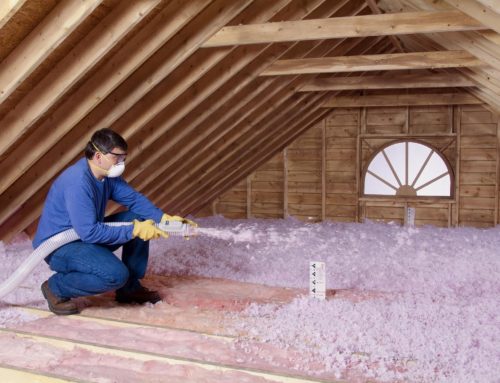Dec. 29, 2014 — Window replacement is an expensive capital improvement. Replacement windows, unlike windows in a newly constructed building, have to be custom-made. However, the hefty sticker price doesn’t mean boards can’t get attractive, efficient windows at reasonable prices. It comes down to knowing what you need and having an architect or engineer advise you and prepare specifications. There are a wide variety of window types — not to mention the size, shape, and thickness of the glass and frames — to consider. And don’t forget about the state and city rules and regulations that will ultimately drive your choice.
What’s Available?
Here are six options to consider.
- Single-hung or double-hung. This refers to the “sashes,” the part of the window that moves, consisting of the window glass and an interior frame. With double-hung, both the top and bottom sashes move. Single-hung means only one of the sashes, typically the bottom one, moves.
- Fixed or opening-and-closing. While fixed, non-opening windows are generally used in office buildings, they are also common in high-rise residential skyscrapers.
- Double-pane or triple-pane glass. Window glass — a.k.a. the glazing — becomes insulated, both in terms of heat/cold and noise, when you have multiple panes separated by air or an inert gas.
- Low-e coating or lamination. Low-emissivity or low-emittance glazing reduces the amount of the sun’s UV and infrared light rays to help prevent the former from causing fabrics to fade and the latter from transmitting heat into a building.
- Tilt-and-turn, removable, or casement windows. With the popular tilt-and-turn option, apartment owners use a lever, button, or other mechanism to tilt a sash inward to clean both the inside and outside. Less popular are removable sashes, which leave a large temporary open space that creates the risk of objects, including the sash itself, falling out. Casement windows are hinged like a door and open in for cleaning.
- Frame material. Aluminum frames are the most common in the New York City area as wood is more expensive and also harder to install without damaging the wall. Some buildings, for historical or aesthetic reasons, want wood on the exterior and aluminum-clad wood on the interior. This wood can be either solid or composite, which is particle board made of sawdust and glue. Composite is often better for window purposes than solid wood, which expands, contracts, and soaks up moisture.
Aluminum frames have come a long way since the 1980s, namely because metal conducts heat and cold really well. Window manufacturers have put in a thermal break — rubber or some other material that breaks the conductivity — between the aluminum on the outside and on the inside; this largely negates the transfer of heat and cold.
There is also better soundproofing because of better glazing, which is the formal name for the double- or triple-paned glass unit within the frame. No one puts in a single pane of glass anymore.
Adapted from “The Day the Windows Died” by Frank Lovece (Habitat, December 2014)

